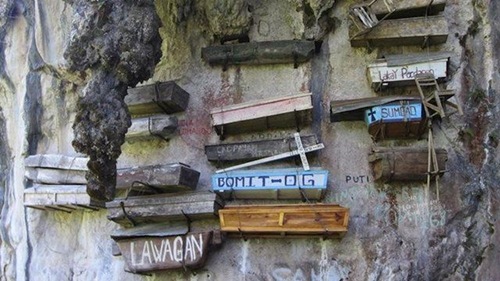
The way we grieve, commemorate, and dispose of our dead varies greatly from culture to culture, but some traditions really take funerals to the next level of macabre. Here are 10 of the most bizarre death rituals the world has ever known.
1. Endocannibalism
For some cultures, the best way to honour the dead is by eating them. Referred to as "endocannibalism" by stuffy anthropologists, these "feasts of the dead" are a way to forge a permanent connection between the living and the recently deceased. It's also a cathartic way to express the loathing and fear associated with death and its tragic aftermath. Some anthropologists have suggested that endocannibalism is something the dead would have expected from the living - a final gesture of goodwill to the tribe and family. Though no longer practiced (at least not that we know of), cultures who engaged in endocannibalism included the Melanesians of Papua New Guinea and the Wari people of Brazil.
2. Tibetan Buddhist Celestial Burials
But why nourish yourself with the flesh of the recently deceased when you can use it to feed wild animals? Such is the thinking of Tibetan Buddhists practice ritual dissection, or "Sky Burials" - the tradition of chopping up the dead into small pieces and giving the remains to animals, particularly birds. Sometimes the body is left intact - which is not a problem for advantageous vultures. While this may seem undignified and even a bit disgusting, the ritual makes complete sense from a Buddhist perspective. Buddhists have no desire to preserve or commemorate a dead body, something that is seen as an empty vessel. Moreover, in tune with their respect for all life, Buddhists see it as only fitting that one's final act (even if committed in proxy) is to have their remains used to sustain the life of another living creature; and in fact, the ritual is seen as a gesture of compassion and charity. Today, over 80% of Tibetan Buddhists choose sky burial, a ritual that has been observed for thousands of years.
3. Suspended Burials
The mysterious Bo people of the Hemp Pond Valley in Southwest China's Gongxian County flourished for millennia before they were massacred by the Ming Dynasty over five centuries ago. Today, the Bo are almost completely forgotten, save for the dramatic hanging coffins they have left behind - a haunting array of wooden caskets that extend from the rock face to a height of almost 300 feet. Located just above the Crab Stream, the 160 coffins were placed along the cliffs and within natural caves, with some resting on wooden posts that extend out from the cliff side. The precipice itself features many murals that are painted with bright cinnabar red colours, many of which depict the lives of the Bo people. Today, the locals refer to the long-lost civilization by such names as "Sons of the Cliffs" and "Subjugators of the Sky." But why they interred their dead in this way remains a complete mystery.
4. Sati
Though now (mercifully) banned in India, Sati was a funerary practice in which recently widowed women immolated themselves on their husband's funeral pyre. The custom was seen as a voluntary act, but there were many instances in which women were forced to commit Sati - sometimes even dragged against their will to the fire. No one is certain how the ritual got started, but one suggestion is that it was introduced to prevent wives from killing their wealthy husbands (typically with poison) and marry their real lovers. Another possibility is that it was seen as a way for a husband and wife to enter into the afterlife together so that they could thwart opportunistic female angels. Interestingly, India was not the first and only culture to adopt the tradition. Other ancient societies that practiced something similar to Sati included the Egyptians, Greeks, Goths, and Scythians.
5. The Viking Funeral
Hindi women clearly had it tough - but so did the slave girls of Viking noblemen. According to the historic account of Ahmad ibn Fadlan, a 10th century Arab Muslim writer, the ritual following the death of a chieftain was exceptionally brutal. Once dead, a chieftain's body was put into a temporary grave for ten days while new clothes were being prepared for him. During this time, one of his slave girls would "volunteer" to join him in the afterlife; she was then guarded day and night and given copious amounts of intoxicating drinks. Once the cremation ceremony got started, the girl went from tent to tent to have sex with every man in the village. As the men were having sex with her - or what today we would call "rape" - they would say, "Tell your master that I did this because of my love for him." Following this, the girl was taken to a tent where she had sex with six Viking men, was strangled to death with rope, and finally stabbed by a village matriarch. And for the coup de grace, the bodies of the chieftain and slave girl were place on-board a wooden ship that was set alight. The Vikings did this to ensure that the slave girl would serve her master in the afterlife, while the sexual rites were a way to transform the chieftain's life force.
6. Ritual Finger Amputation
As if the death of a loved one wasn't traumatic enough, the Dani people of West Papua, New Guinea also had to cut off their own fingers. This seemingly severe and incomprehensible ritual applied to any woman related to the deceased, as well as any children. The practice was done to both gratify and drive away the spirits, while also providing a way to use physical pain as an expression of sorrow and suffering. To perform the amputation, fingers were tied tightly with string and then cut off with an axe. The leftover piece was then dried and burned to ashes or stored in a special place. The ritual is now banned in New Guinea, but (as this image shows) the effects of the practice can still be seen in some of the older members of the community.
7. Famadihana
The Malagasy people of Madagascar have clearly never heard the phrase, "Rest in peace." In an effort to hasten decomposition - what's seen as an crucial step in the on-going process of getting the spirits of the dead into the afterlife - the Malagasy dig up the remains of their relatives and rewrap them in fresh cloth. Afterward, the Malagasy then dance with the corpses around the tomb to live music. Called Famadihana, or "Turning of the Bones," the ritual has been around for three centuries - one that the local Christian churches are doing their best to stamp out.
8. Mortuary Totem Poles
Totem poles are a fixture of the American Northwest and the Haida people, but there's more to these icons than meets the eye. Normally, the remains of a deceased Haida were thrown into a mass pit where they were scavenged by animals. But the series of events following the death of a chief, shaman, or warrior were considerably more intricate. In those cases, the body would be crushed to a pulp with clubs so that it could fit into a small wooden box the size of a suitcase. Following that, the box would be placed atop a special mortuary totem pole in front of the deceased's longhouse where the icons acted as guardians for the spirits' journey to the afterlife. Visiting missionaries were often taken aback by the practice, mostly on account of the lingering smell.
9. Australian Aboriginal Mortuary Rites
The best part of an Aboriginal death ritual is that family members get to keep a souvenir afterward - namely the bones of the deceased. Following the demise of a family member, the body was placed atop a raised platform and covered with leaves and branches where it was left to decompose - a process that often took months. In some cases, the liquid from the decaying corpse was collected and rubbed over the bodies of young men to pass on the good qualities of the deceased person. After, the bones were retrieved and painted with red ochre. The bones were then either placed in cave or inside a hollowed out log. And in some cases they would be worn by relatives for up to a year. Some tribes also refused to utter the name of the deceased and completely disregarded any property they left behind. The entire ritual was way to ensure that the ego component of the deceased's spirit didn't get too comfortable hanging out with the living.
10. The Zoroastrian Funeral
Zoroastrians have a thing with dead bodies, what they see as something that defiles everything it touches, whether it be the ground, clothes, people - and even fire. The funeral gets off to a rousing start by having the corpse cleansed in unconsecrated bull's urine (which can only be done by a specially trained member of the community). Once "clean," the corpse is laid in linen and visited twice by the "Sagdid" - a dog that can cast away evil spirits. After mourners visit the corpse (touching is strictly forbidden), it is placed on top of the Dhakma, or "Tower of Silence," where the Zoroastrians remove the clothes using tools (the clothes are later disposed of as they've been defiled). Following this, the body is quickly devoured by vultures. The entire ritual is done in this way to ensure the minimal amount of harm and injury to the living.
Top image: Hanging Coffins of China

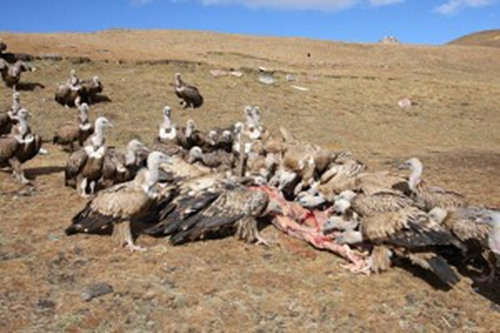
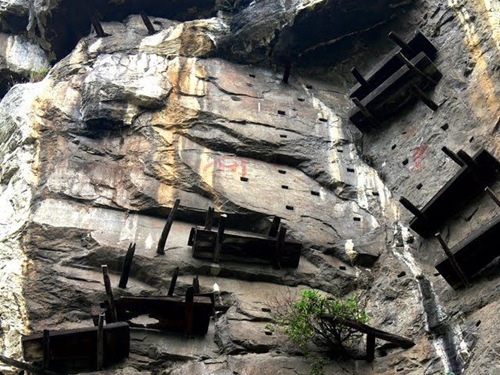


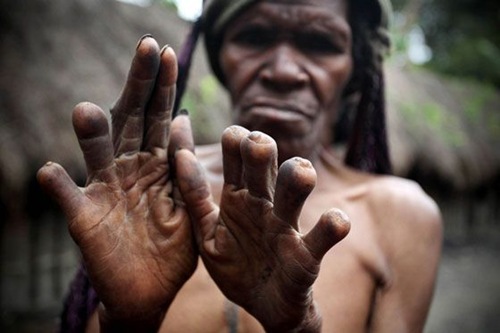
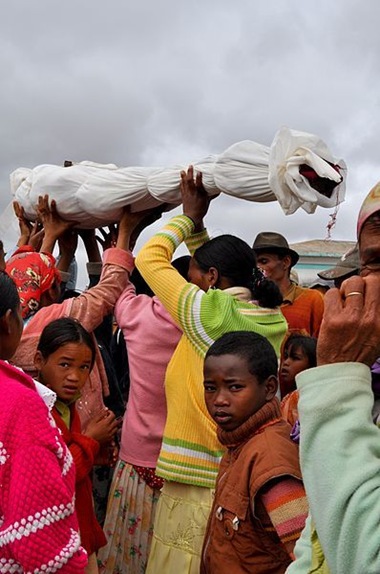
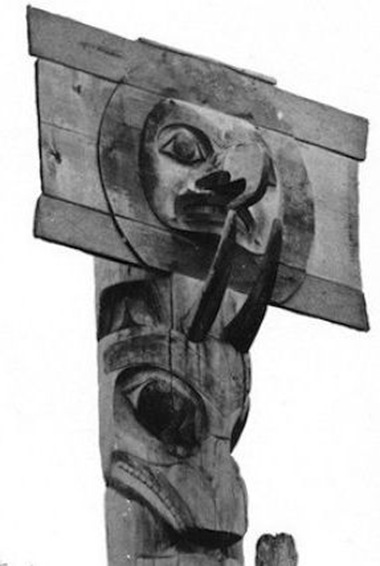

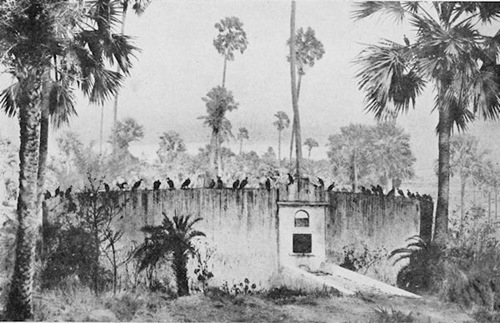
In contemporary society, gender is not much a taboo, and virginity is not preserved until marriage. At least that happens in the modern world, but there are isolated communities and tribes bizarre sexual rituals today are hundreds of years old.
ReplyDeleteTen of the most bizarre sex rituals around the world discover them below
invenitmundo.blogspot.com/2016/09/ten-bizarre-sexual-rituals-around-world.html